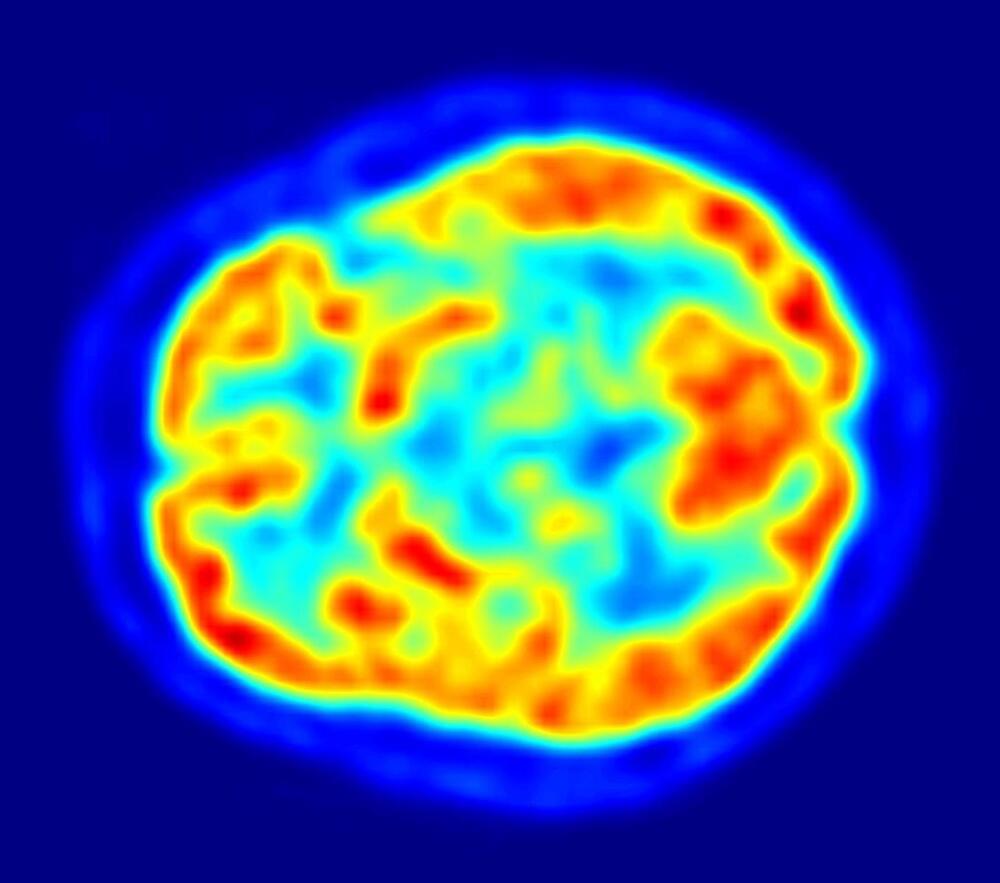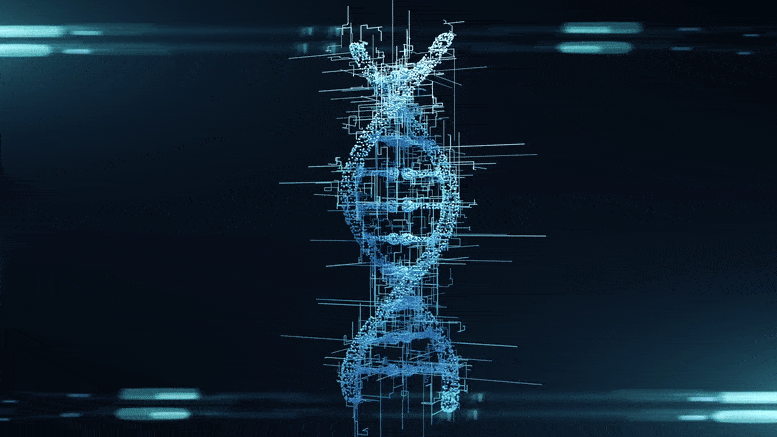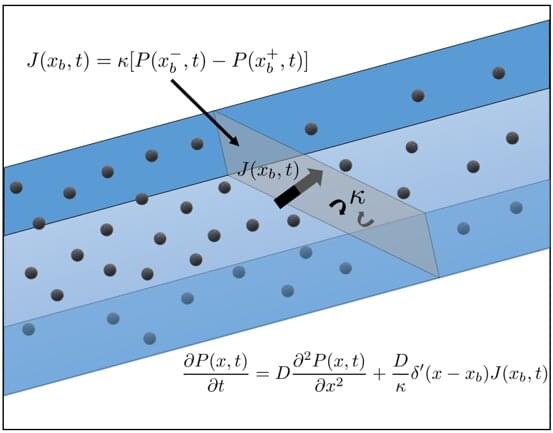A team at Los Alamos National Laboratory has developed a novel approach for comparing neural networks that looks within the “black box” of artificial intelligence to help researchers understand neural network behavior. Neural networks recognize patterns in datasets; they are used everywhere in society, in applications such as virtual assistants, facial recognition systems and self-driving cars.
“The artificial intelligence research community doesn’t necessarily have a complete understanding of what neural networks are doing; they give us good results, but we don’t know how or why,” said Haydn Jones, a researcher in the Advanced Research in Cyber Systems group at Los Alamos. “Our new method does a better job of comparing neural networks, which is a crucial step toward better understanding the mathematics behind AI.”
Jones is the lead author of the paper “If You’ve Trained One You’ve Trained Them All: Inter-Architecture Similarity Increases With Robustness,” which was presented recently at the Conference on Uncertainty in Artificial Intelligence. In addition to studying network similarity, the paper is a crucial step toward characterizing the behavior of robust neural networks.





